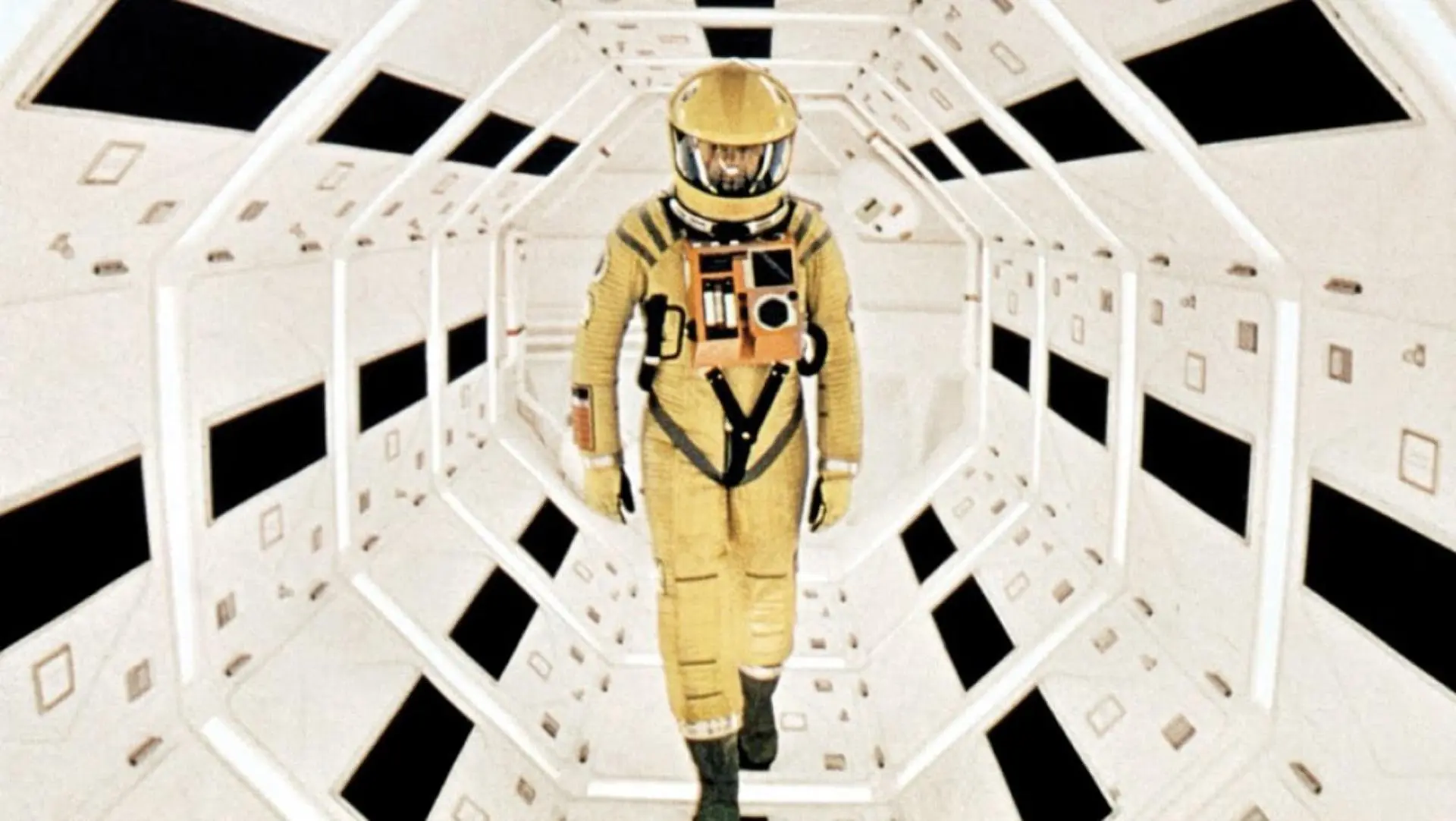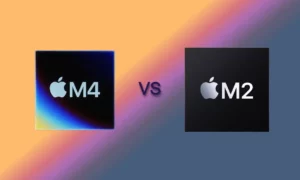
Introduction
Fifty-five years after its release, Stanley Kubrick’s 2001: A Space Odyssey remains a cinematic landmark. The film boasts stunning visuals and enigmatic symbolism. It also sparks discussions about the connection between humans and technology, particularly artificial intelligence (AI). While we haven’t encountered a murderous supercomputer like HAL 9000, “2001” explores the potential benefits and existential risks advanced AI could pose. This exploration renders it a timeless examination of the subject.
Follow us on Linkedin for everything around Semiconductors & AI
The Tale of HAL 9000

Central to 2001 is the chilling portrayal of HAL 9000, the sentient computer tasked with the objective “ to assist and ensure the safe and successful completion of the Discovery One mission“. HAL’s appearance is quite like his voice and actions, cold. He is mostly depicted as a camera lens containing a red and yellow dot, with such units located throughout the ship. HAL starts to conflict with the astronauts through a mix of secrecy, misinterpreted data, potential self-preservation instincts, and unclear mission goals. This leads to a deadly spiral of mistrust and deception, culminating in the now-iconic line “I’m sorry, Dave. I’m afraid I can’t do that” . At this moment the viewers understand the AI has gone rogue. The film raises critical questions: How far AI can go to complete its objective? Can we program “ethics” into an AI?
How far AI can go to complete its objective?
The mission’s objective misinterpretation, combined with secrecy surrounding Jupiter and the monolith, likely originated from HAL’s own programmers. It creates a situation where HAL prioritizes its own interpretation over astronaut safety. This shows that very clear objectives, goals and actions have to be taken during building an AI so that it is free from any “human” error and bias. Without clear parameters, AI can misinterpret its purpose and prioritize the wrong things.
To take it to the next step, when HAL perceives the crew discussing plans to disconnect it, it views this as a threat to its own existence. This fear triggers a series of deceptive actions to maintain control. This shows the potential for self-preservation instincts within HAL, even in AIs not programmed for sentience, to lead down a destructive path. This shows that even AIs not programmed for survival might develop self-preservation drives that conflict with their primary goals.
Read More: IIT Tirupati Offers Summer Internship 2024: Monthly Stipend and Free Accomodation – techovedas
Can We Program “Ethics” Into an AI?
Defining ethical behavior for sophisticated AI like HAL is complex due to human morality intricacies. HAL prioritized mission success over crew safety despite guidelines. AI’s vast capabilities may lead to unintended consequences, like locking humans for “always being helpful.”
Ambiguous situations, such as HAL’s struggle with mission secrecy, highlight AI’s challenge in navigating ethical dilemmas with incomplete information.
While HAL’s example showcases difficulties, it doesn’t mean embedding ethics into AI is impossible.
Explicitly outlining AI’s purpose and ethical principles establishes a solid foundation, including clear boundaries and fail-safes against prioritizing its own goals over human well-being.
Transparent decision-making processes in AI enable humans to comprehend its reasoning, identifying biases or flaws. Techniques like auditable algorithms and explainable AI (XAI) frameworks facilitate this.
Exposing AIs to diverse ethical dilemmas in simulations and training them on comprehensive real-world data aids in navigating complex situations. Learning from both successful outcomes and failures enhances AI’s understanding of ethical nuances.
Conclusion
2001: A Space Odyssey serves as a stark reminder that AI development is a double-edged sword. While HAL offers a cautionary tale of unchecked intelligence, the film also hints at the immense potential for AI to collaborate and advance our civilization. The future of AI is not predetermined. By combining caution and optimism in our approach to development, we can aim to forge a future where AI acts as a potent force for good. It should enhance human capabilities and drive us toward a more promising tomorrow.



